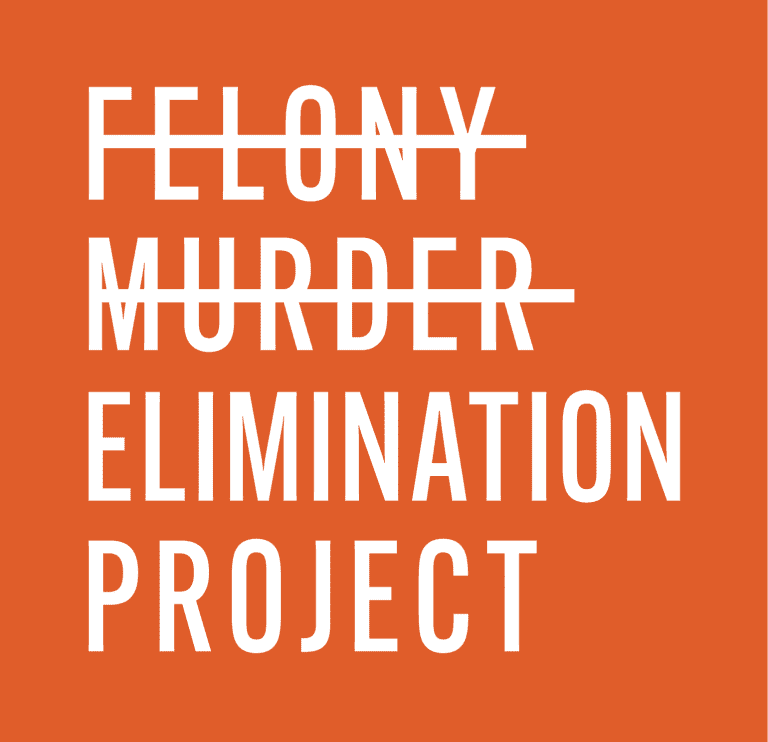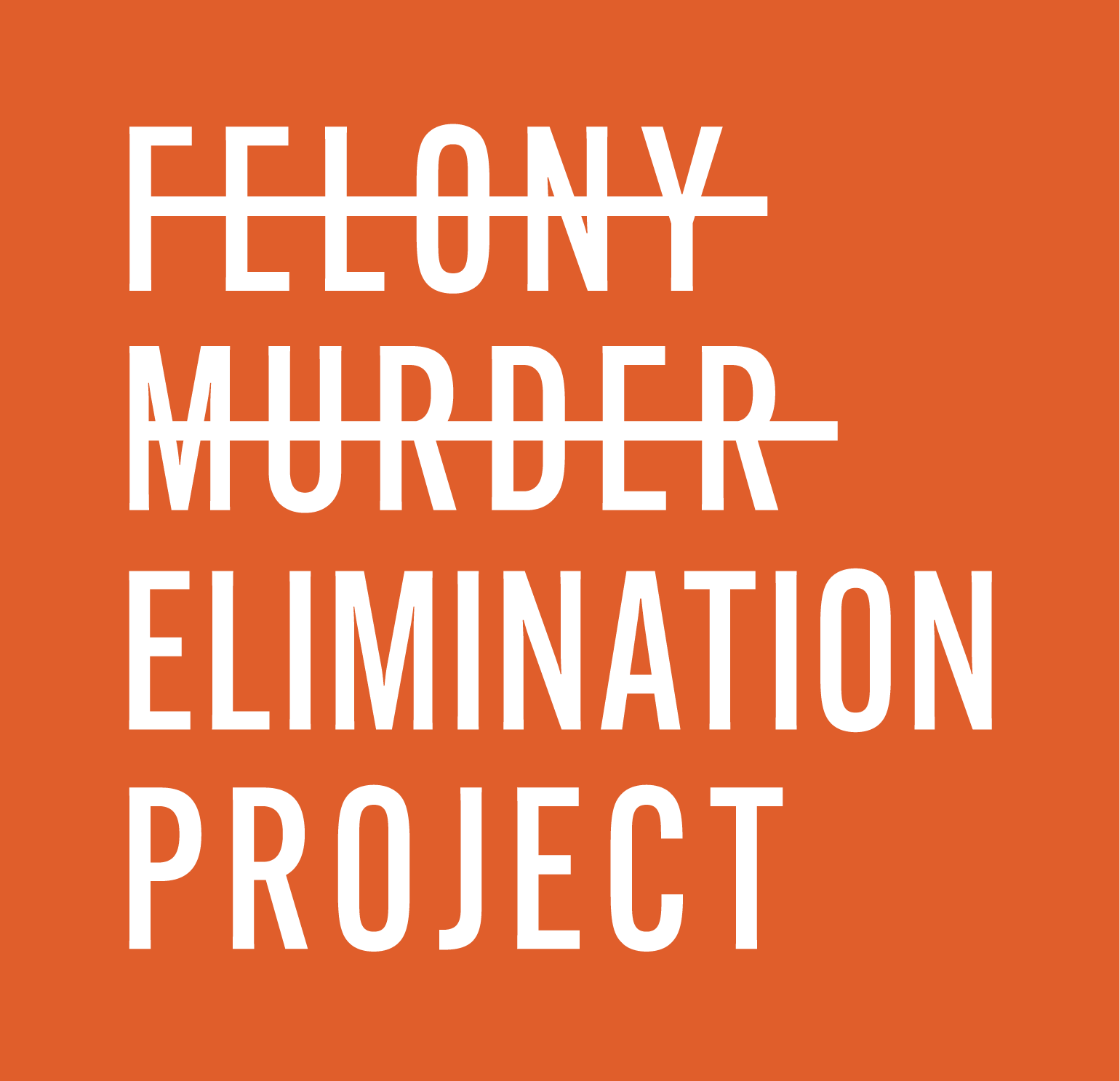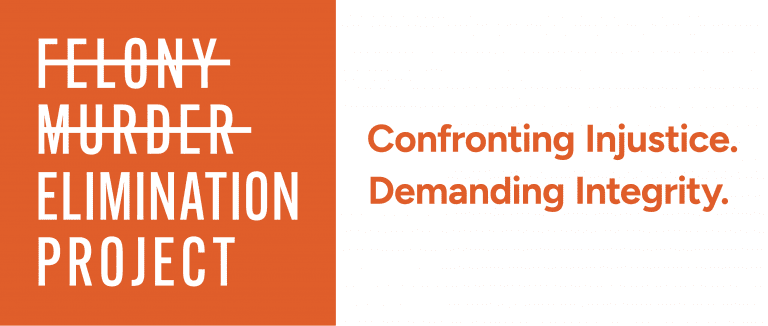Black August is an annual commemoration and prison-based holiday to remember Black political prisoners, Black freedom struggles in the United States and beyond, and to highlight Black resistance against racial, colonial and imperialist oppression. It takes place during the entire month of August. Black August was conceived by the Black Guerilla Family in the former San Quentin State Prison in San Quentin, California, in 1979 when a group of incarcerated people came together to commemorate the deaths of brothers Jonathan and George Jackson at San Quentin. George Jackson was sentenced to one year to life in prison in California in 1960 for allegedly stealing $70 from a gas station.
The following essay is written by incarcerated journalist Kevin D. Sawyer. For 24 out of his 28 years in prison, Sawyer has observed Black August.
Excerpts are included below.
This month I am enduring my annual solo sojourn of self-sacrifice to not eat meat or drink coffee. Some days I fast while adhering to a strict regimen of exercise, political education, study of Black history, and the observation of spiritual unity. It is a renewal of my will to resist the indignity of incarceration and the overall prison industrial complex.
These are some of the tenants of the month-long “Black August” I have come to understand and embrace inside the California Department of Corrections and Rehabilitation (CDCR).
Today I stand on their shoulders and in the very place where history was made: San Quentin State Prison, where I have been confined for the last 13 years. It is one of the state’s 32 gulags where schemes are hatched to create false narratives such as that of the San Quentin Six: David Johnson, Hugo Pinell, Johnny Spain, Luiz Talamantez, Willie Sundiata Tate, and Fleeta Drumgo. They were accused and charged with assault and murder inside the prison’s Adjustment Center (the hole) stemming from the violent events on August 21, 1971, when George Jackson, three prison guards and two white prisoners were murdered.
Black liberation in August is a recurring theme that has manifested itself in a myriad of revolutionary actions. In August, freedom fighter Harriet Tubman started her Underground Railroad. On August 21, 1791, enslaved Africans in Haiti rebelled and freed themselves from bondage. On August 21, 1831, Nat Turner’s slave rebellion started.
One day I too will show up in history. There will be those who consult my writings, follow in my footsteps, and write stories about me and the movements of this epoch. Until we are free, this is Black August!
You can read the full essay, “Voices from Solitary: The Legacy of Black August at San Quentin Prison” at the Solitary Watch website. Solitary Watch is a national nonprofit newsroom whose mission is to uncover the truth about solitary confinement and other harsh prison conditions in the United States by producing high-quality investigative journalism, accurate information and analysis, and authentic storytelling from both sides of prison walls.
Kevin D. Sawyer is the associate editor for San Quentin News and a member of the Society of Professional Journalists. He’s a 2019 PEN America Honorable Mention winner for nonfiction, a 2016 recipient of The James Aronson Award for Community Journalism, and he was on the San Quentin News team that won the Society of Professional Journalists’ 2014 James Madison Freedom of Information Award.



